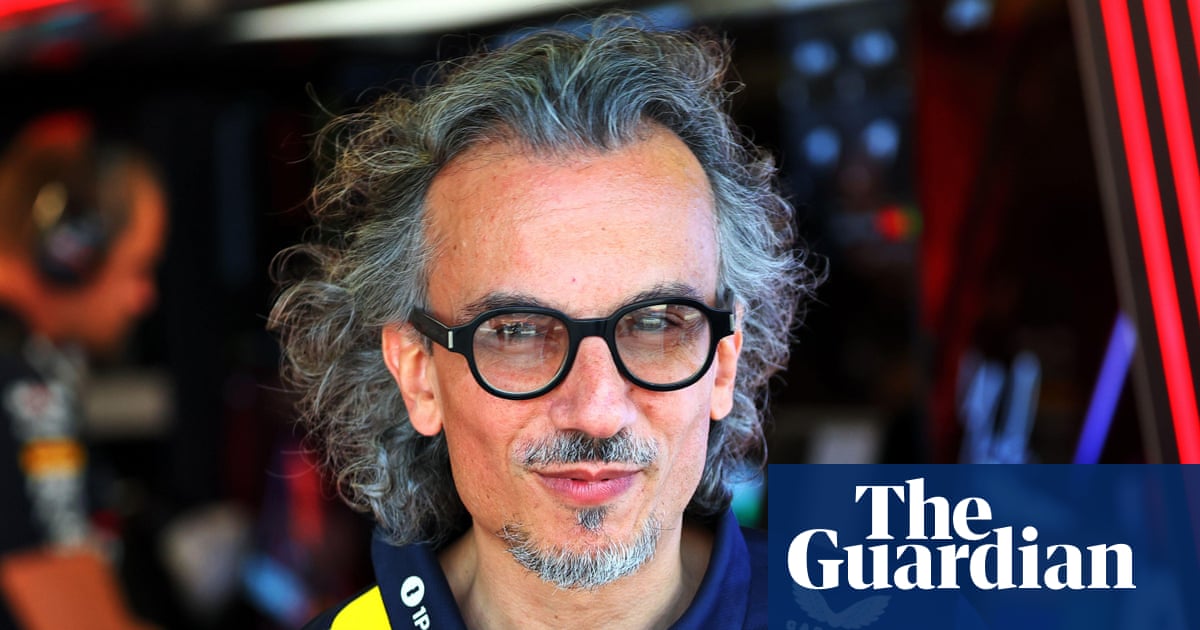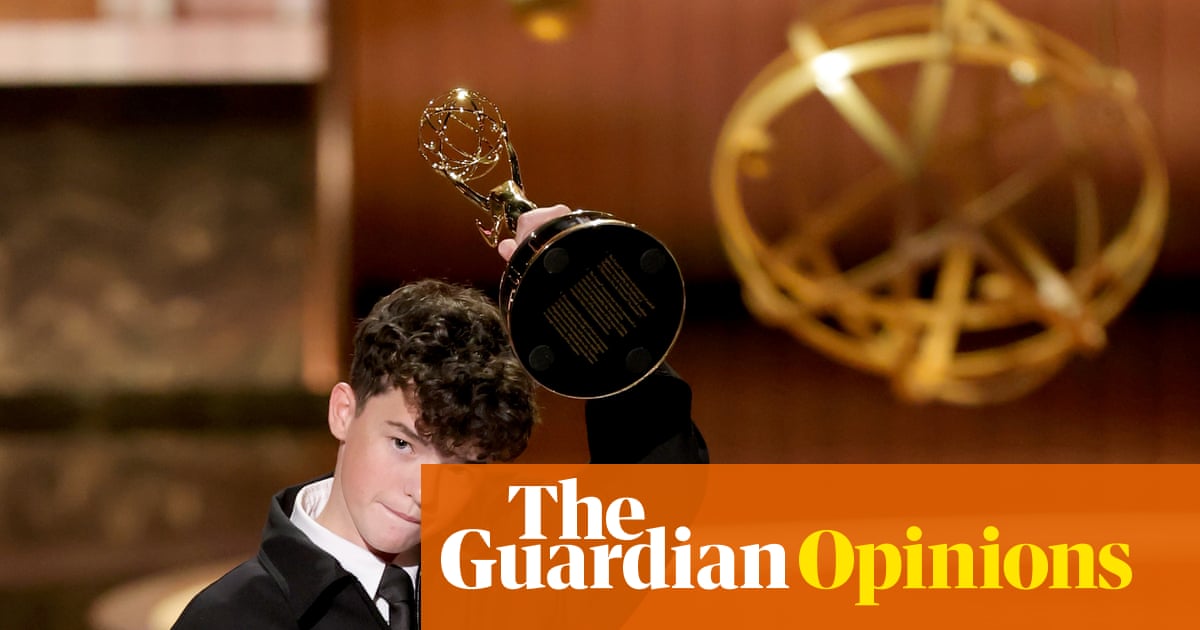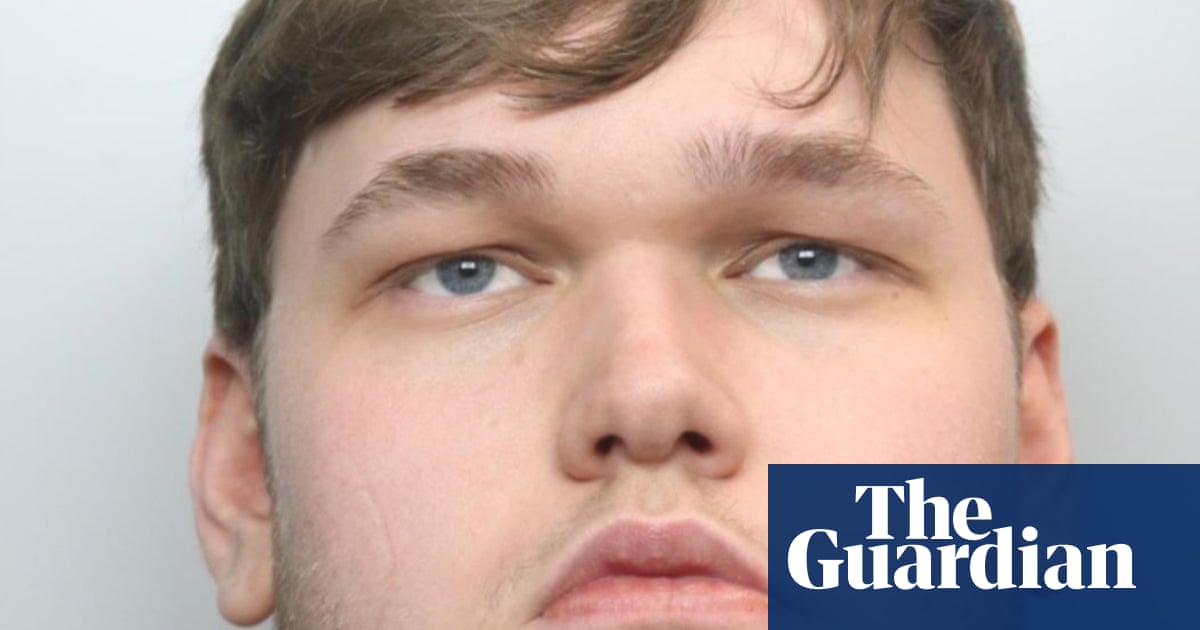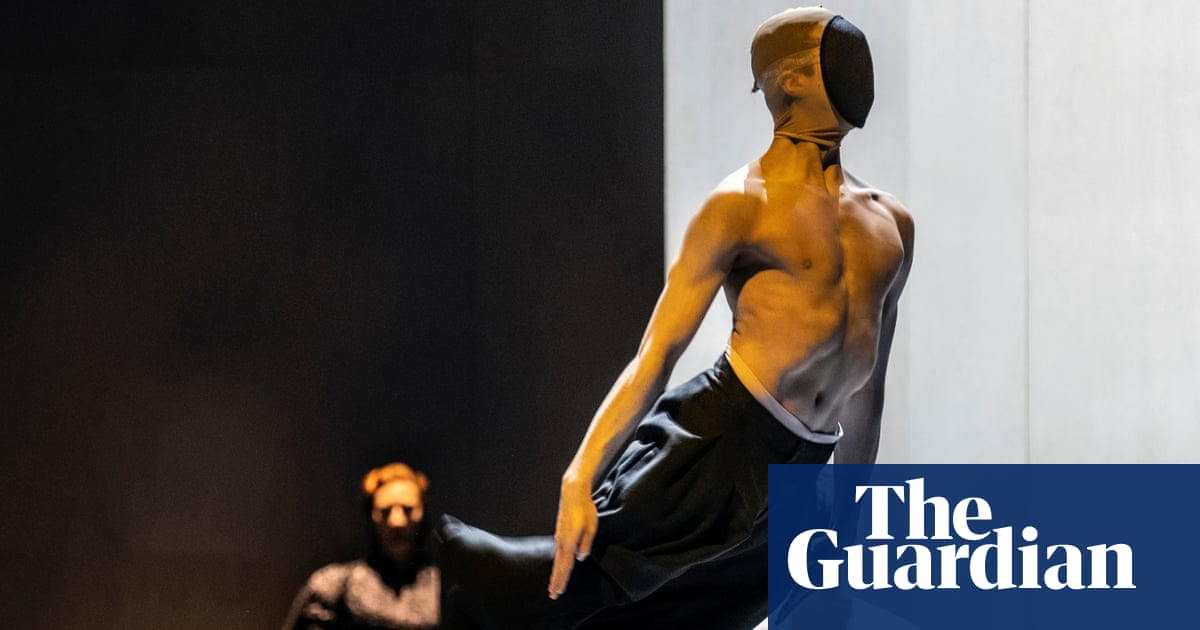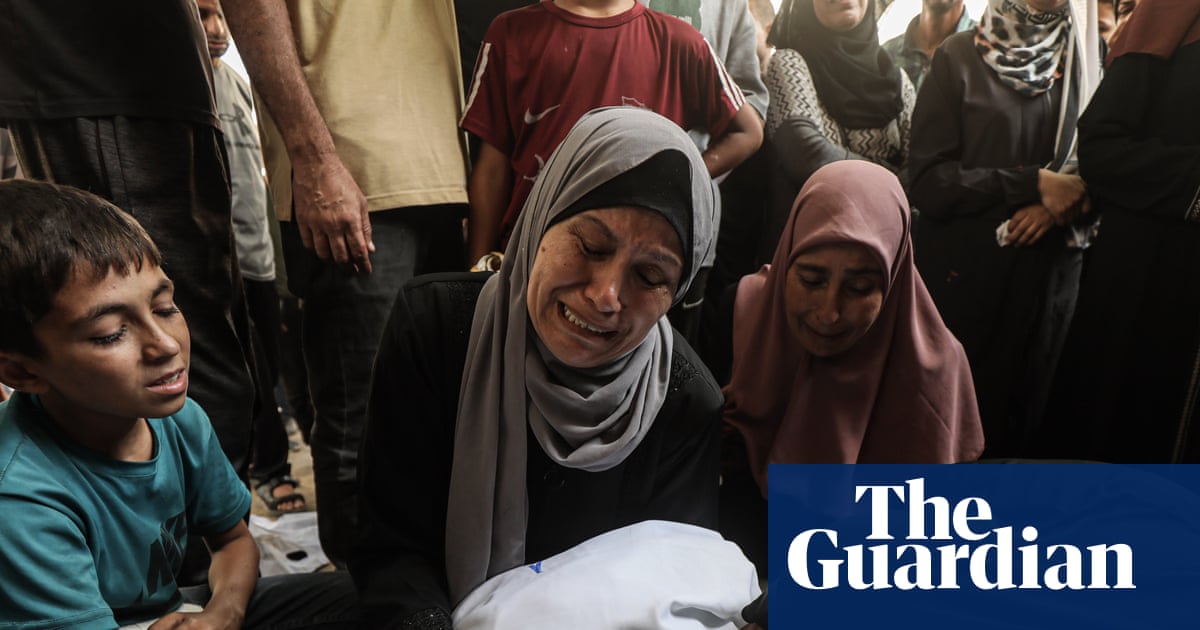The posters and grand title of Jenny Saville’s retrospective scream paint! – in red, pink and bruise colours – but you need to look at her exquisite drawings to get the measure of her. In Neck Study II a woman, eyes closed, holds up her head so we can study the curves and dips of flesh on her stretched neck. Saville notes these anatomical realities with a pencil in precise nuances of shading, also observing every contour of her face and the bones under her thin shoulders. It is beautiful. It is true.
So what the hell – I thought – was she doing in the adjacent gallery where massively enlarged faces, pummelled by life and her art, are lit as harshly as flash photographs? They include her portrait of a boy with a bloodied beaten face, lip twisted, eyes dazed, used for the cover of a Manic Street Preachers album that was banned from supermarkets for being too disturbing. That was just a small reproduction. Here you are confronted by the colossal real thing, faces that truly get in your face.
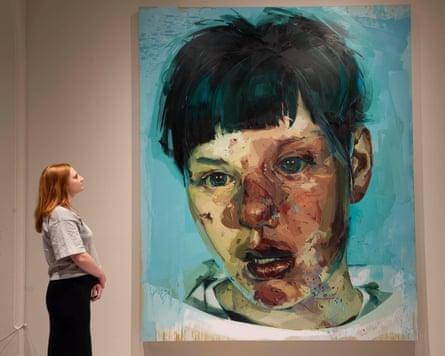
I ran away, at first, from this massive panorama of damage to look at some lovely drawings of motherhood in charcoal and pastel that take inspiration from Leonardo da Vinci and Michelangelo to create tender moments between mother and baby, the figures seen through clouds and storms of exploratory drawing suggesting ever-moving life. Through this turmoil she finds monumental moments of intimacy. In Study for Pentimenti IV a baby boy sits cockily on his pregnant mother’s naked tummy: he’ll always be top child.
The tenderness continues, this time between consenting adults in bed. A white woman and her Black lover lie together in naked union, she placing a hand on his bare leg, feeling the flesh. In other scenes it’s him holding her, or their heads at opposite ends of the bed, her foot feeling his ribs. In the most beautiful, charcoal is immersed in a pink pastel rain that turns the room into a rose bower. This is a 21st-century Degas – as it obviously wants to be.
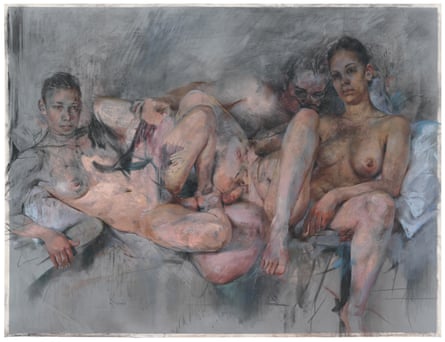
One artist it does not make you think of is Lucian Freud. Ever since the early 1990s, Saville has been compared with the late British figurative master, hyped as a young female Freud, or criticised as “just not as good as Freud”. This exhibition proves how utterly different they are. He never drew anything as unabashedly erotic as Saville’s Degas daydreams.
Saville’s drawings and pastels ground her art. If you need your figurative artists to be properly skilful – and if they’re depicting the human face and body, you should – here’s her diploma art. But when she paints, she knowingly overrides every rule she follows as a draughtswoman. When she paints, she goes wild.
It’s there in her gargantuan early canvases, epically thrusting nipples, tummies and hips towards your eyes. Seated on a stool with meaty legs protruding, or lying at an angle that puts a great hairy nest of pubic hair right up by you, these women wonderfully overwhelm you. Walking among them, one physical detail after another looms up, expanded, so alive they still seem to be growing.
Scale in art can do more than just look impressive, or important, or freakish. It can change the relationship between art and beholder, even magically invert subject and object. When Saville paints big naked people they’re alive. And when she paints pain, the effect is terrifying, because she takes you behind the eyes of the injured.

I’m ready as I’ll ever be, now, to go back and look at her paintings of violence. Witness, painted in 2009, is a brightly lit face with a smashed mouth that gushes blood. A woman has been assaulted. Her eyes are closed, her teeth bared in a bloody scream, but that makes it sound melodramatic and nightmarish, like a Francis Bacon painting, whereas this is real. You know it’s no exaggeration. The painting is photorealist.
Other faces are similarly troubling. A young woman looks at you, her face horizontal – she could be dead on a slab. All around you, it’s equally horrible and real – scarred girls and battered boys. You feel guilty for looking at them. Yet, equally, they are looking at you. Because these faces are so much bigger than you, they seem more real than you. It is not your civilised morning in an art gallery that is real, but their living, or dying, hell.
In her mysterious painting Rosetta II, a towering lost face sways as if remembering tragedy, but her eyes are blue, glazed and clouded, the eyes of a prophetess. Looking, suggests Saville, is not really the point. You have to see beyond the details of skin and bone, beyond anatomy, to feel the ungraspable but omnipresent realness of others. When that understanding hits you it’s a shock.

 3 months ago
96
3 months ago
96


